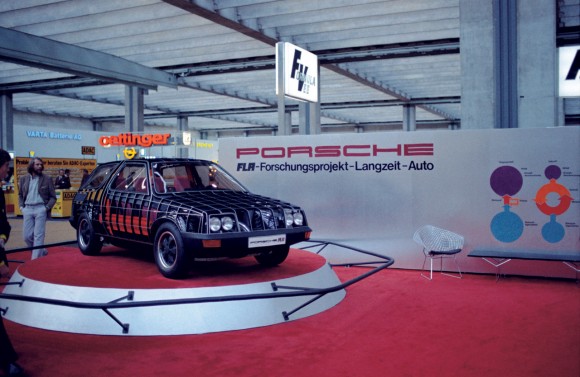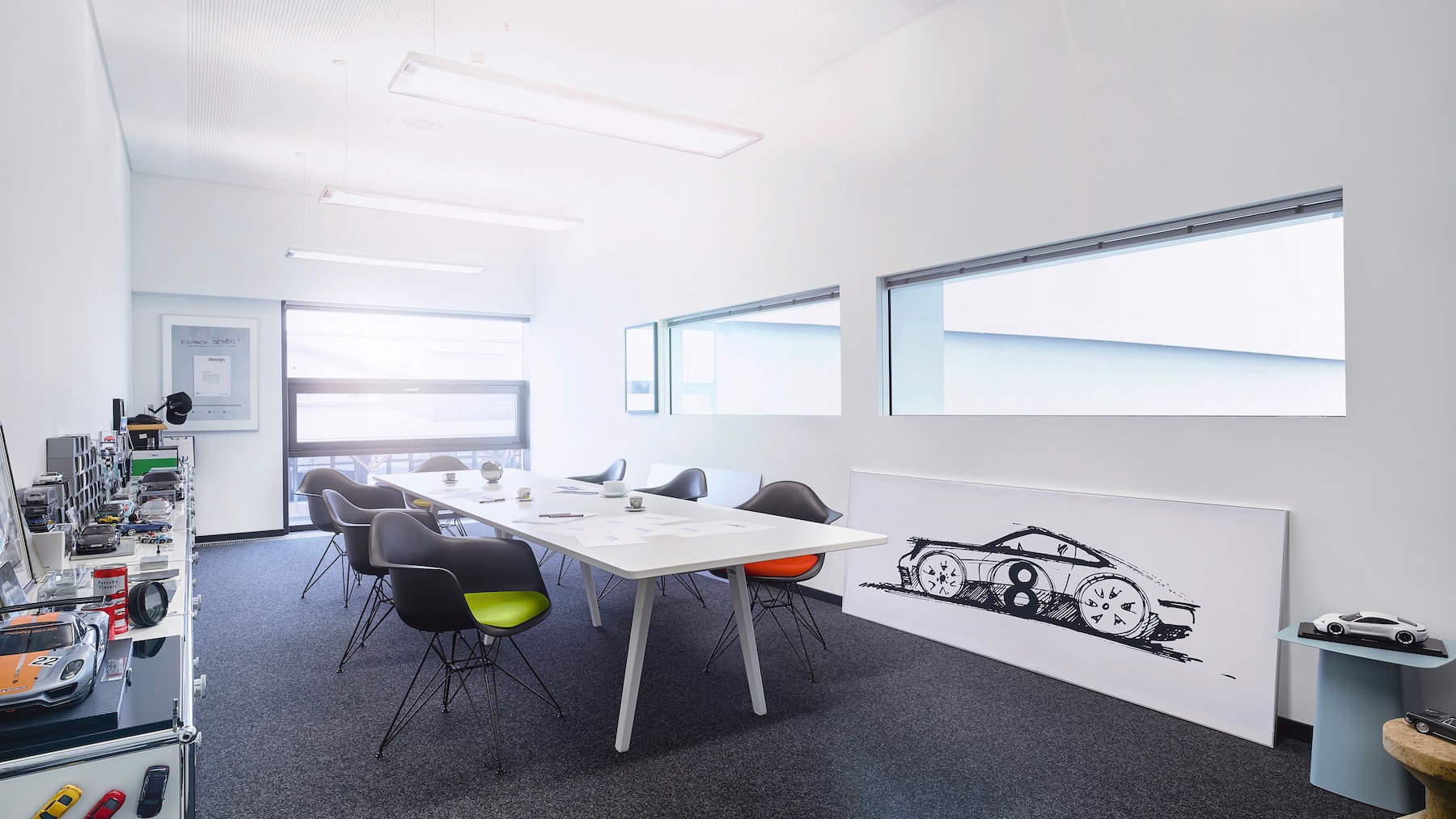
At first glance, the car pictured here looks very much like a Ford Pinto. But it’s not. It’s actually a Porsche! The “Long-life car research project” FLA Type 296 was presented by Porsche at the Frankfurt Motor Show in 1973.
In the early 1970’s Porsche conducted a study and created this vehicle to examine the state of automobile manufacturing. The aim of the study was to create a vehicle that could last more than 10 years. The goal was the reduction of wear and tear items; and the selection of more durable materials in manufacturing. Porsche devoted a large team of designers, engineers and mechanics, as well as a large budget, towards the project.
To increase the life of the FLA, Porsche decided to create a car completely different than the sports cars which it was famous for. The FLA was to be a low-performance car with a hatchback. Under the hood, the FLA was fitted with a 2.5L four-stroke Otto-cycle engine. The power output was rated at 75bhp at 3,500 rpm. The motor featured sophisticated internals to encourage longevity and reliability.
Porsche designed the gearbox to provide continued performance as well. It was a three-speed automatic with a wear-proof torque converter. The automatic was chosen to remove the driver from the equation, thus reducing the possibility of worn clutches and gears.
The study included research on the possibility of using corrosion-free metals and alloys such as aluminum and stainless steel. (Metals were chosen over plastics due to ease of recycling.)
Although the look and body design of the FLA was not used (thankfully so) Porsche incorporated a large number of the FLA’s features into its future vehicles including the use of corrosion-free metals, and metals galvanized to reduce corrosion and the use of plastics and alloys.
Source: Wiki
Photo: Porsche Archive




